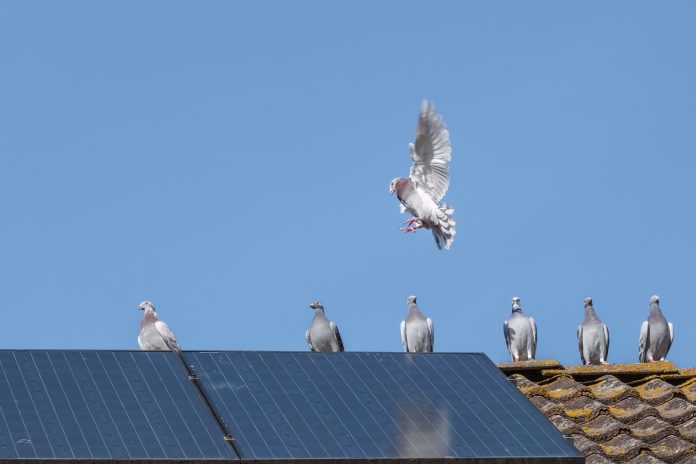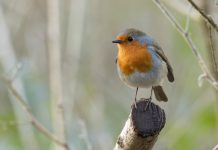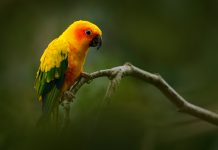As concerns about the declining bird population continue to grow, scientists highlight the unintentional consequences of renewable energy development
How is renewable energy a threat to birds?
A new analytical approach developed by animal ecologists aims to better understand the threat posed to birds by the increasing presence of wind and solar energy facilities.
“Bird mortality has become an unintended consequence of renewable energy development,” warns Hannah Vander Zanden, an assistant professor of biology at the University of Florida. To address this issue and minimise fatalities, especially among vulnerable bird populations, the researchers emphasise the need to identify the geographic origin of affected birds.
Birds face various hazards at renewable energy facilities, including collisions with wind turbines, flying into solar panels that resemble water, and exposure to intense heat from concentrating solar power plants. While the death rate due to these energy facilities is lower than that caused by household cats and building collisions, scientists stress the importance of mitigating this problem.
Is solar killing our birds?
Vander Zanden and her colleagues conducted geospatial analyses using stable hydrogen isotope data obtained from the feathers of 871 individual birds found dead at solar and wind energy facilities in California, representing 24 species.
By analysing natural-occurring markers in the feathers, the researchers could determine where the feathers were grown based on the water the birds consumed.
“With these markers, we could determine whether the bird was local or if it was migrating from somewhere else,” explains Vander Zanden, the principal investigator of UF’s Animal Migration and Ecology Lab.
The study’s results, published in the journal Conservation Biology, reveal that birds killed at these facilities come from a broad area across the continent. The geographical origins varied among species, containing both local and nonlocal birds.
Most birds killed at solar facilities were nonlocal, with peak mortality occurring during migratory periods in April and September through October. However, the percentage of migratory birds found at wind facilities nearly matched that of local birds, at 51%, according to Vander Zanden.
“Bird mortality has become an unintended consequence of renewable energy development,”
How can this be stopped?
“This kind of data can help inform us about the best strategies to minimise or mitigate the fatalities,” she suggests. For instance, facility management could collaborate with conservationists to enhance local habitats, protect indigenous bird species, or improve other parts of the species’ range to aid migratory birds.
The study also highlights the power of stable isotope data in assessing future bird population growth or decline patterns due to various factors. “Studying the remains of animals is a noninvasive approach to get information that is otherwise hard to track and apply to conservation,” notes Vander Zanden. “It’s a great way to understand the mysteries about animals.”
As the world continues to transition towards renewable energy, addressing the unintended consequences on wildlife is crucial.
Editor's Recommended Articles
-
Must Read >> Woodland birds at risk of extinction
-
Must Read >> How has climate change effected birds’ bodies?














